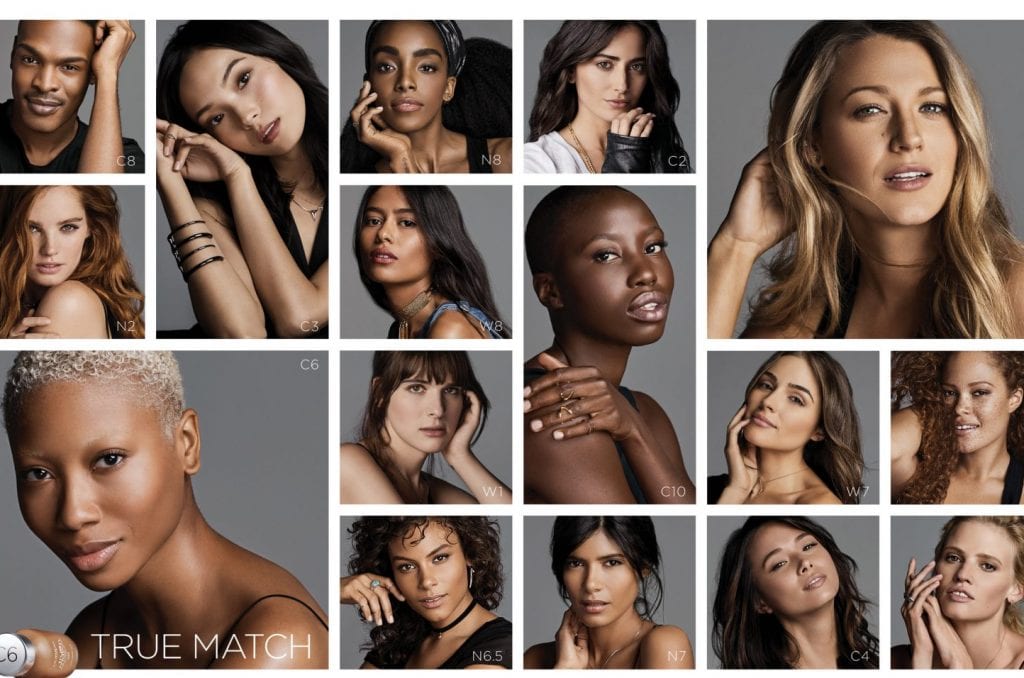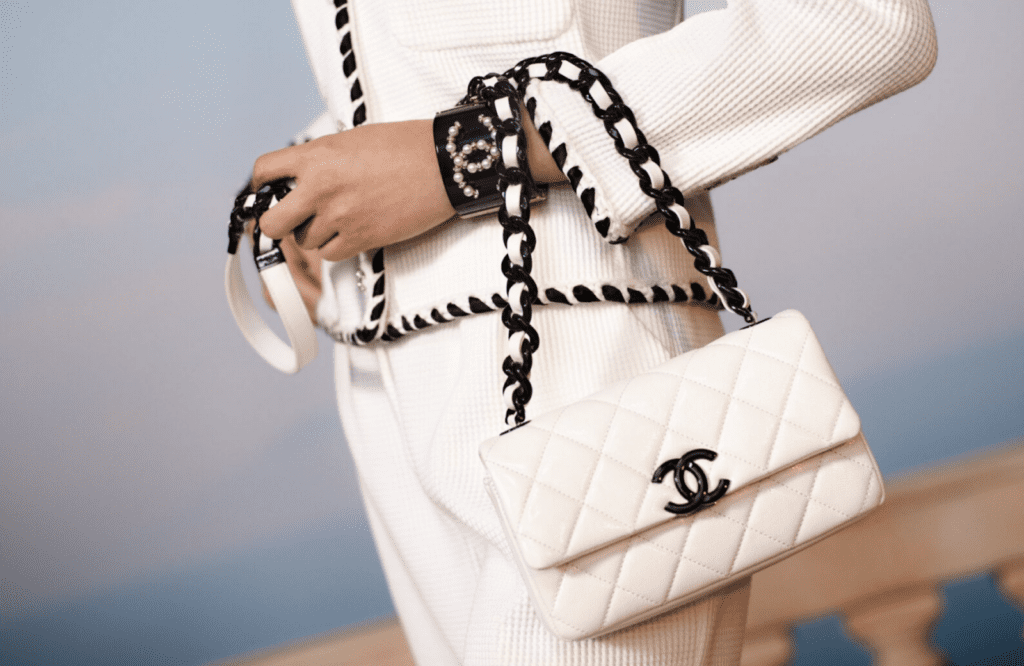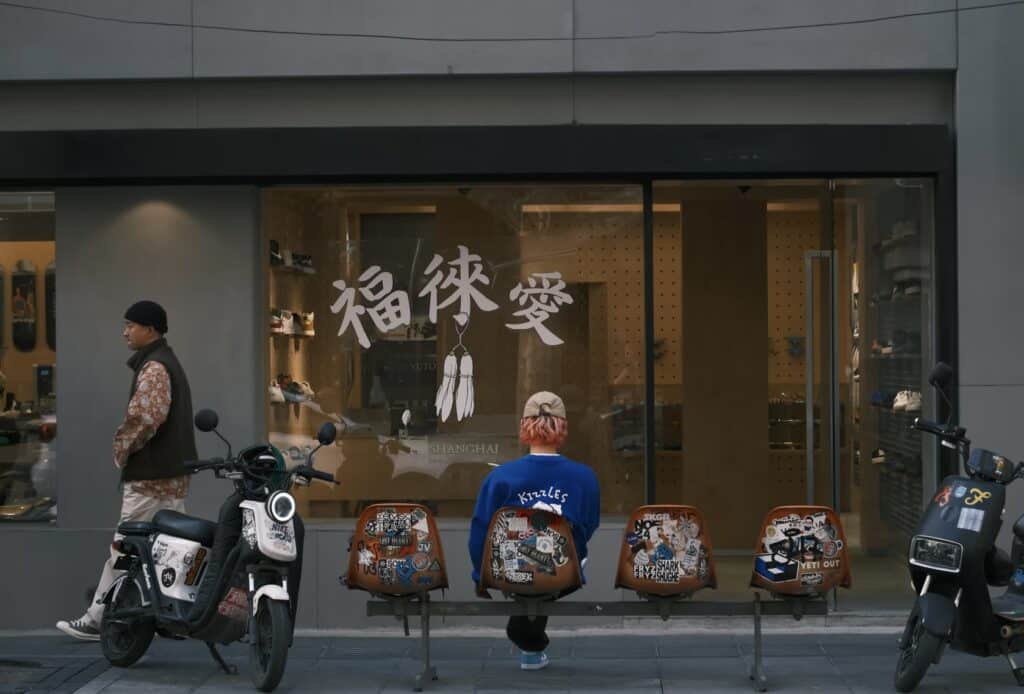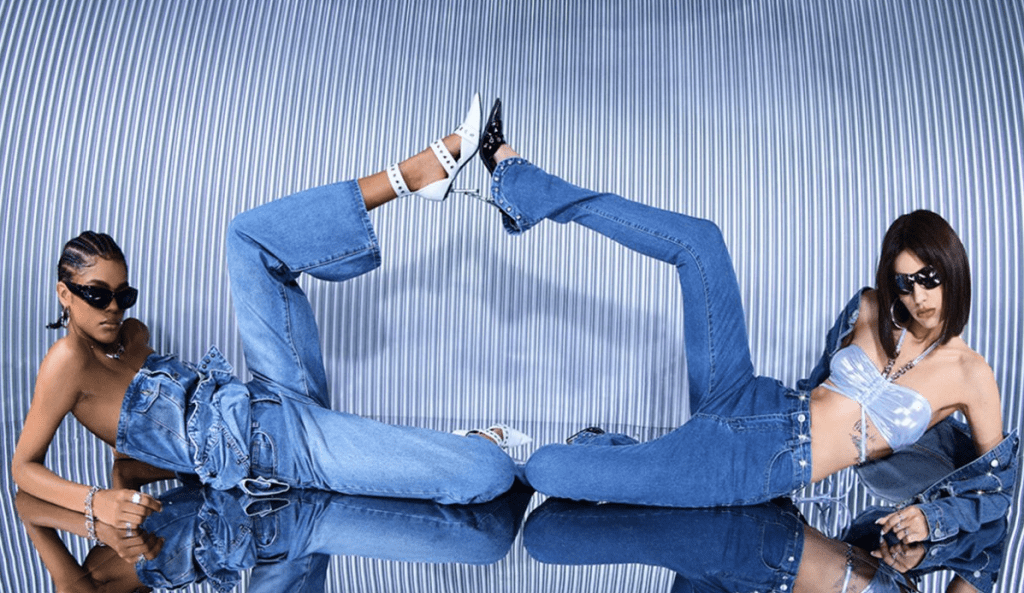L’Oréal has prevailed in the lawsuit lodged against it over its alleged requirement that its legal team file a minimum number of patent applications every year for newly-developed products. More than five years after former in-house patent attorney Steven Trzaska filed suit against L’Oréal USA, accusing the cosmetics titan of violating the New Jersey Conscientious Employee Protection Act when it fired him in retaliation for refusing to file “bad-faith or frivolous” patent applications to meet the company’s annual patent quota, a New Jersey court granted L’Oréal’s motions for summary judgment, tossing the whistleblower case out of court.
On the heels of a New Jersey federal district court granting L’Oréal motion to dismiss and a reversal by the U.S. Court of Appeals for the Third Circuit, Judge Susan Davis Wigenton of the U.S. District Court for the District of New Jersey issued an opinion on Friday finding that Trzaska failed to make his case under the Conscientious Employee Protection Act (“CEPA”), a New Jersey state law that prohibits employers from taking “any retaliatory action against an employee because the employee … objects to, or refuses to participate in any activity, policy or practice which the employee reasonably believes is in violation of a law,” is otherwise “fraudulent,” or is in violation of public policy.
According to Judge Wigenton, while Trzaska argued that “he was terminated after refusing to file bad-faith or frivolous patent applications that would violate his ethical obligations under the Rules of Professional Conduct promulgated by the Pennsylvania Supreme Court and the U.S. Patent and Trademark Office,” he never actually “filed a fraudulent patent with the USPTO, nor did he do anything unethical in connection with a patent application.” Still yet, he did not present any evidence that a violation of the Rules of Professional Conduct was imminent.
At the same time, based on Trzaska’s testimony in court, the Judge stated in her opinion that L’Oréal “never requested or ordered [him] to do anything unethical with respect to a patent application; nor did they ever order him—or any other attorney to his knowledge—to file a baseless application” in furtherance of its alleged quota system.
In fact, Judge Wigenton noted that Trzaska, himself, “used the term ‘target’ to describe [L’Oréal’s] patent-filing objectives, undermining his steadfast argument that the numbers were not merely aspirational,” and instead, were part of an unethical requirement that its legal department file “frivolous patent applications” or “defective patent applications” in order to simply boost filing numbers. (Trzaska argued that in 2014, the annual quota for his team at L’Oréal’s Clark, New Jersey office was 40 patent applications).
In addition to failing to point to any law prohibiting L’Oréal “from promulgating an internal patent-filing objective,” while also testifying that “the mere fact of establishing a target number for patent production is not itself unethical,” the court found that Trzaska was unable to establish that L’Oréal engaged in wrongdoing because he and his colleagues “were never required, directed, or forced to submit baseless patent applications in violation of their professional obligations.”
Granting L’Oréal’s motion, Judge Wigenton determined that Trzaska’s opposition against L’Oréal’s “desire to file a specific number of patent applications per year irrespective of whether that objective is characterized as a ‘quota,’ ‘target,’ or ‘goal’ – cannot, without more, sustain a CEPA claim.” As such, his “concerns amount to a mere disagreement with [L’Oréal’s] patent-filing objectives and priorities, nothing more.”
The lawsuit comes as giants like L’Oréal continue to rely heavily on patents in the highly-competitive $500 billion-plus global cosmetics market. L’Oréal, for instance, revealed in its 2019 annual report that it registered 497 patents over the course of the year, just down from 505 patents registered in its name in 2018.
Speaking to the legal aspects of the evolving beauty landscape, Dilworth IP’s Shin Hee Lee and Anthony Sabatelli reveal that there “is currently an overwhelming number of [cosmetics-related] patents” being filed by companies and granted by the U.S. Patent and Trademark Office. Unsurprisingly, given the growing demand over makeup goods, skincare-related products “are among some of the most heavily sought out” when it comes to patents, as the majority of these products consist of “unique compositions of known or novel ingredients” that neatly fall within the bounds of a utility patent.
Due to the often-extensive research and development required to develop complex cosmetics products (whether they are devices or proprietary anti-aging formulas), the companies selling them often seek out patent protection in order to give themselves a period of exclusivity – generally 15 and 20 years, respectively for utility and design patents – during which time they will ideally recoup some of the costs associated with the intensive research and development that goes into designing and manufacturing the products.
Lee and Sabatelli expect that skincare patents, including design patents in the swiftly growing devices segment, will “continue to increase in the coming years.” This is almost certainly to be the case as consumers potentially look to avoid post-COVID-19 beauty appointments in favor of using new technologies in their own homes, and as companies race to innovate (and protect their innovations) in order to win over consumers in new ways and to stand out in this ever-burgeoning market.
*The case is Trzaska v. L’Oreal USA Inc. et al., 2:15-cv-02713 (D.NJ).











